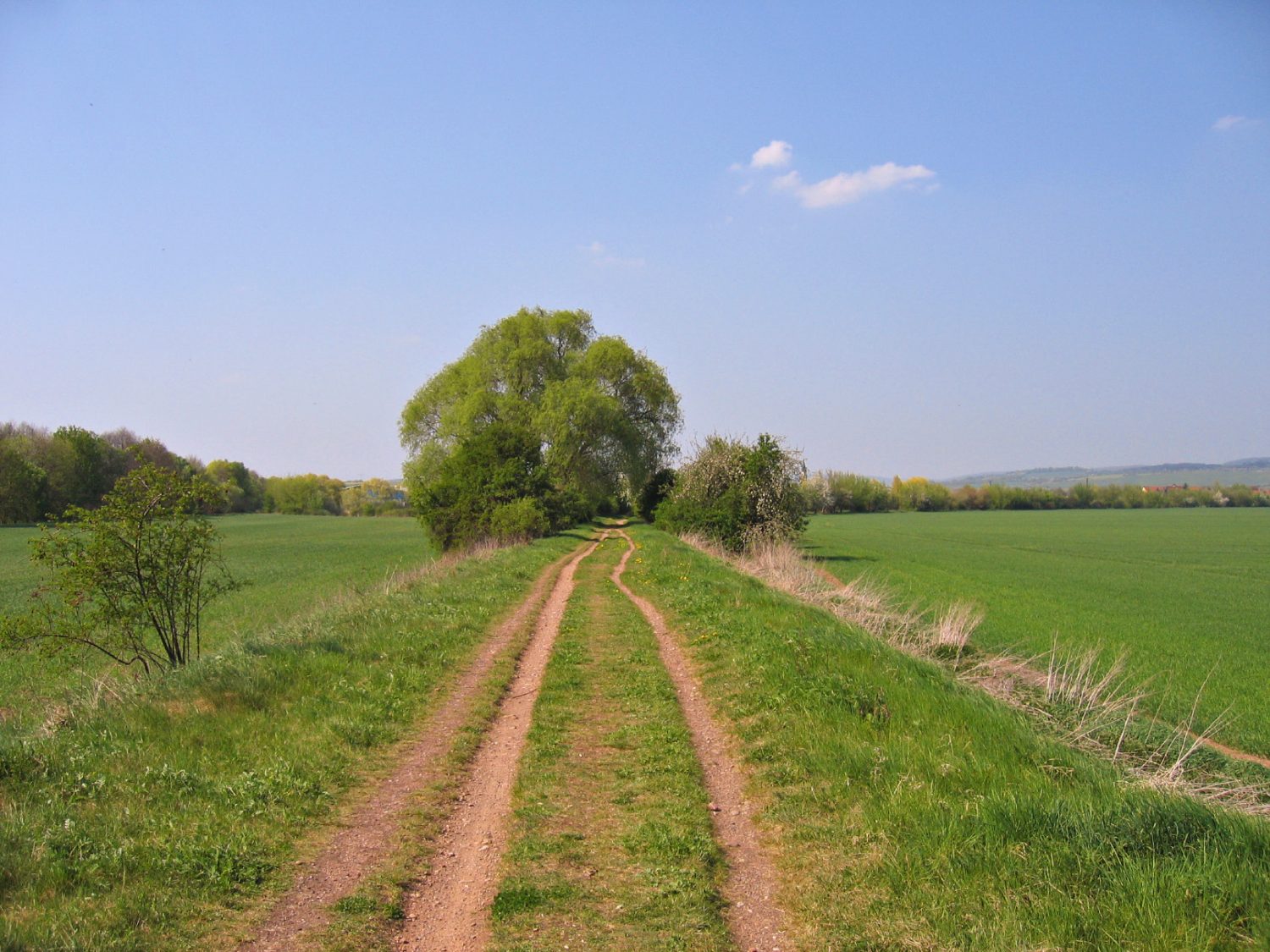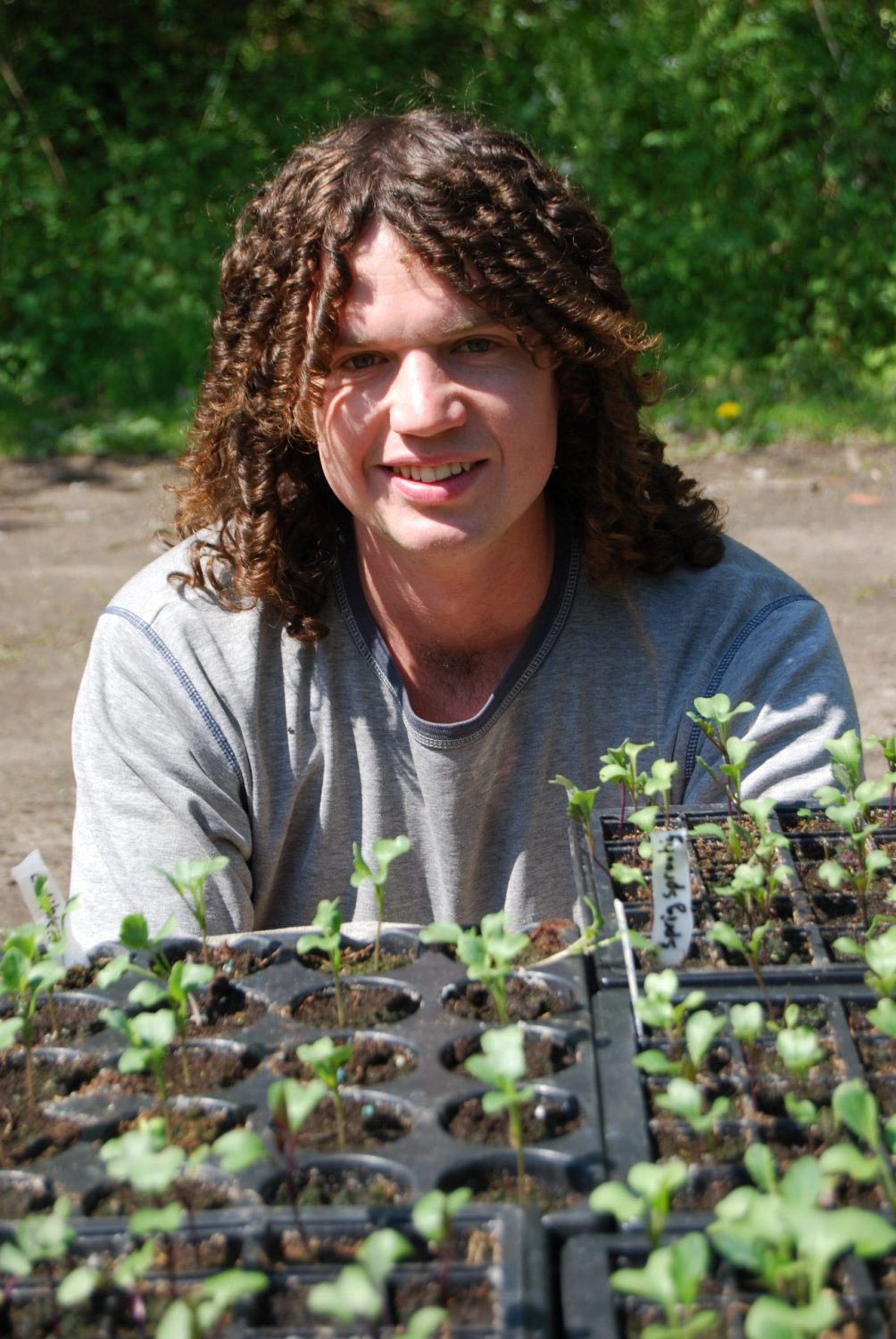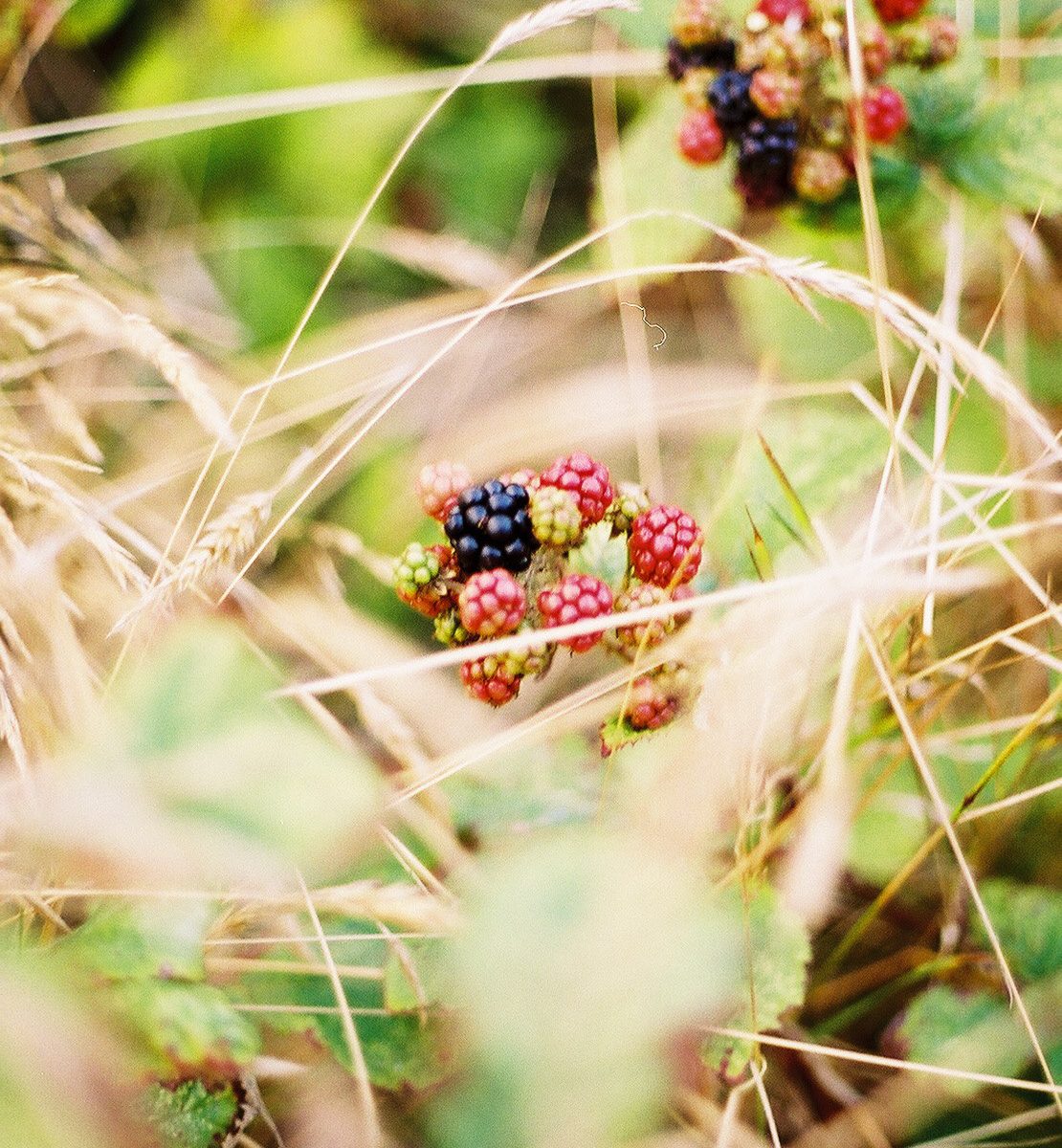For a moment there I thought winter was never going to end, but here we are once again surrounded by the perennial miracle of spring. What better way can there be to celebrate the long awaited season, than to get out and forage some of the edible goodies conjured from the barren ground by the glorious sun?
Foraging is everywhere now, but media depictions of celebrity chefs in raptures over this wild edible or that, can do a great disservice to the subject. Too many people are left with the impression that every edible plant in the book is a gourmet experience simply waiting to be picked up and when they do, they are often disappointed and put off. Don’t get me wrong, I’m fanatical about wild food and foraging, but when someone says to me, “Rat tail plantain, that’s edible isn’t it?” the immortal line from Crocodile Dundee screams out in my head, “You can eat it mate, but it tastes like s**t.” Thankfully I usually manage to check myself and calmly explain that though many things are edible, not all of them are good to eat. My message is simple, seek out the best and be inspired, don’t just pick up the first thing listed in the book and expect to be dazzled.
Spring is the season for delicate fresh herbs, tender shoots, seductive flowers and even the odd fungus. There are many treasures to look for, but here are my top three.
Reedmace – typha latifolia
Reedmace is so useful for providing food, that foragers across the pond (the Atlantic that is, not Goudhurst village) refer to it as the supermarket plant. Its rhizomes, shoots, pollen, and immature seed heads all make good eating and it is one of the only wild edible plants to offer a tasty morsel throughout the year.
Bearing in mind pollution, seek out the newly emerging leaf spears of reedmace in early spring around any water margin. Last year’s dead foliage and distinct brown seed heads are a real giveaway so it’s not too hard. Once located reach down into the water and snap the shoots off where they connect to the rhizomes.
To prepare a shoot discard all but the bottom foot and begin peeling off its outer layers. Continue peeling until a firm slender core, roughly half an inch in diameter is revealed and the job is complete. Steam the core until just tender, serve with butter and you will discover one of foraging’s best kept secrets, a wild spring delicacy to rival asparagus.
Hairy Bittercress – cardamine hirsuta
The marketing folk who named this delicate little plant need sacking immediately, for the less than appealing name belies a salad leaf which ranks among the best, foraged or otherwise. A close relative of watercress and rocket, hairy bittercress has a familiar peppery taste, but with an added dimension which puts it in a league of its own.
If you are keen on alternatives to lettuce, the good news is that you are probably only a few metres away from a hairy bittercress plant. They are extremely common in garden beds and are often seen flourishing between cracks in paths and concrete. The small watercress shaped leaves form attractive florets before the plant flowers and this is the time to harvest them. Toss the leaves in with your favourite salad or add them to a special sandwich – once tasted this little weed will never be safe in your garden again!
St George’s Mushroom – calocybe gambosa
For fungi lovers, the autumn foraging season seems to take an eternity to arrive, but spring brings with it the consolation of St. George’s mushrooms. As the name suggests they appear around our national saint’s day and can be found on verges, lawns and other grassy places. A good field guide is a must, but these fleshy fungi with their inrolled cap margins, cream-buff caps, white gills and distinct smell of freshly ground meal are easily recognised. The alluring aroma translates to a superb mild flavour when cooked and simply fried in butter these saintly mushrooms constitute one of spring’s finest offerings.
My final words are these – enjoy the spring, delight in the countryside and revel in the incomparable pleasure of harvesting its bounty. In return be respectful and gather responsibly. Take only what you need and only where it is sustainable for the sake of others, the environment and ultimately of us all.
TEST
 TEST
TEST

- words: Michael White
You may also like
Go with the Flow
Sue Whigham shares some valuable new-to-gardening advice I’m sure that by now we should be used to the rain but I’m not entirely sure that we are. We had a dry, sunny day the other day and how everybody’s mood...
Farm Fables
Jane Howard gets to the bottom of why so many ponds have disappeared across the High Weald I have a new passion, almost an obsession, it’s about ponds. And there’s a distinct possibility I might become a bit of a...
Hedge Issues
Sue Whigham takes a meander along nature’s verdant and vital corridors Recently the BBC’s Today programme carried a feature about England’s hedgerows which created a lot of interest among listeners. On the strength of that, Martha Kearney interviewed one of...















